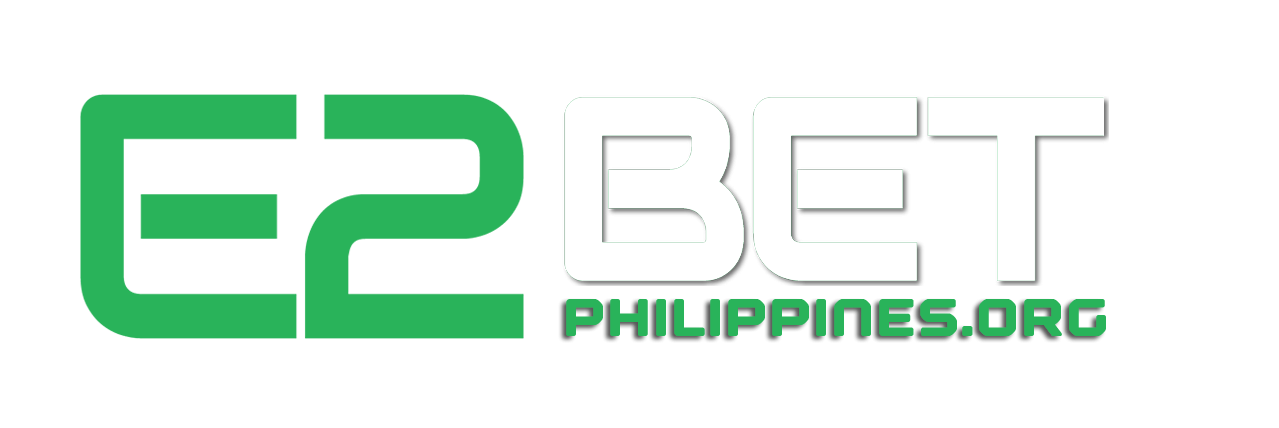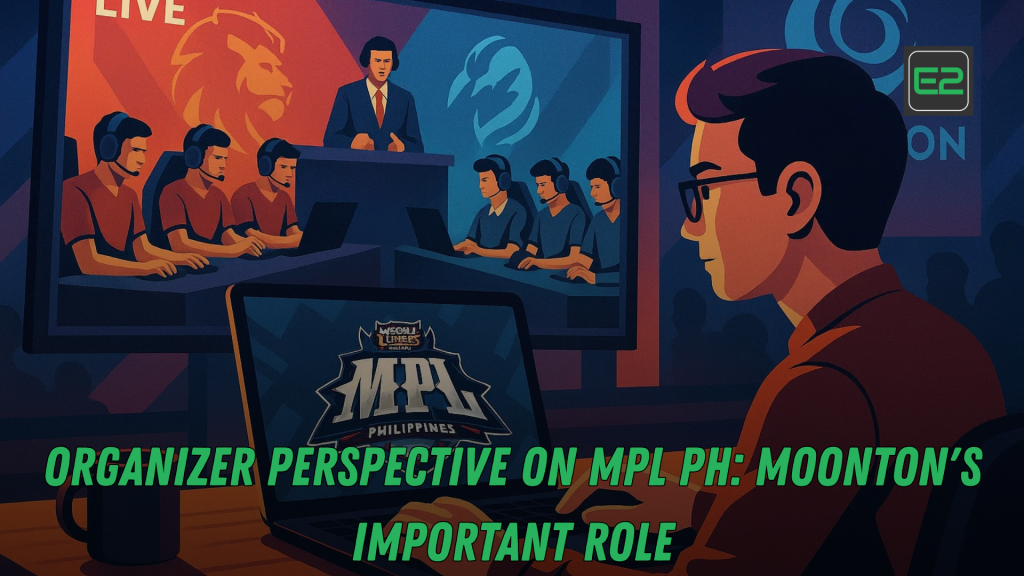Table of Contents
Executive summary
From that organizer lens, MPL PH is a case study in how a publisher-run circuit can protect competitive integrity while growing audience and commercial value. Leagues don’t become world-class by accident. They get there through systems—rule clarity, player welfare, airtight showcraft, and sustainable economics—repeated every week until they feel invisible. What follows is a practical, soup-to-nuts guide to the hidden mechanics behind the season: how calendars are built, how rosters are stabilized, how broadcasts remain resilient, and how sponsors earn real return without warping the sport. If you’re a team GM, brand manager, venue operator, or creator, understanding the organizer’s responsibilities will help you collaborate better with MPL PH and capture more value from every match week.
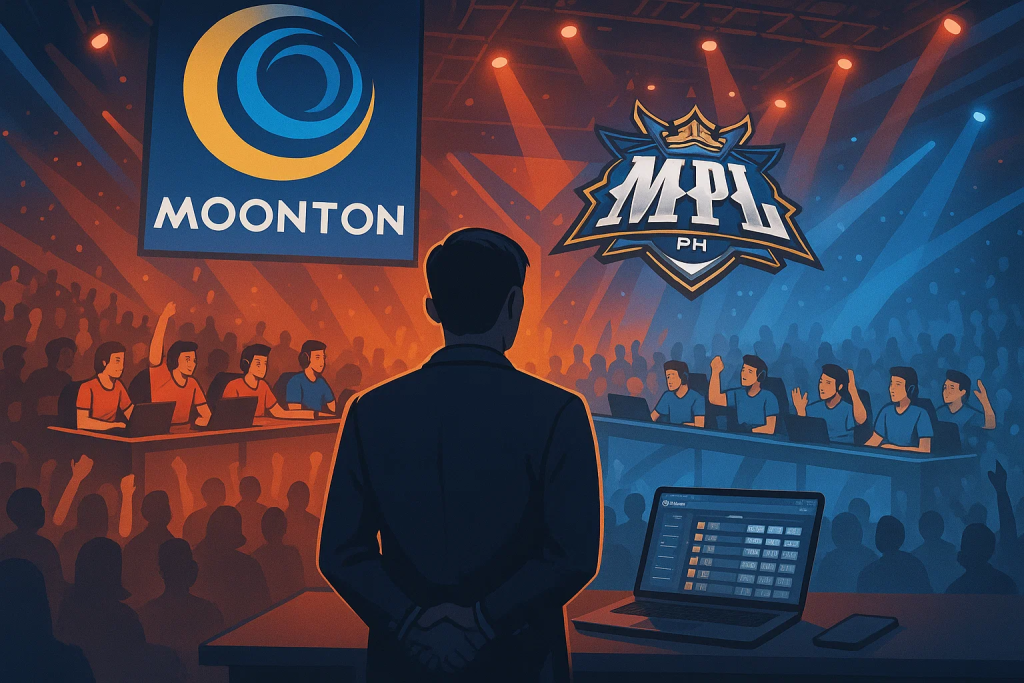
Why an organizer perspective matters
Fans see highlights; organizers see interlocks. Eligibility affidavits, substitution windows, hotfix protocols, replay rules, seat maps, ingress plans, mic levels, and show rundowns all have to line up—because one failure in the chain can tank weeks of marketing and months of training. The organizer’s job is to align game integrity with entertainment and commercial health so the whole ecosystem remains credible. That credibility is the league’s core asset, and it must be defended every day around MPL PH.
Competitive integrity: the foundation no one should notice
Integrity is felt most when it’s absent. The organizer’s priority is to make fairness ordinary and disputes rare through five pillars:
1) Rulebook clarity and consistent enforcement
- Eligibility proofs (age, identity, residency) verified by third-party documents.
- Roster freeze windows and substitution protocols timed to scrim realities.
- Anti-collusion, anti-tampering, and competitive conduct codes with escalation ladders.
A stable rule spine lowers noise, saving staff time and preserving trust in MPL PH.
2) Fair scheduling
- Balanced rest days across teams; no one should carry three broadcast nights in a row without purpose.
- Transparent tiebreakers published pre-season, not invented mid-bracket.
3) Match operations
- Trained referees with consistent remake logic.
- Version control and hotfix policy communicated to teams 48 hours before patch day.
- VOD archiving and incident logs that survive executive turnover.
4) Data-driven reviews
- Penalty trackers and pause-minute dashboards identify process bottlenecks.
- Annual rules retrospective with GMs to stress-test language.
5) Sanctions that educate
- Graduated consequences plus restorative steps (sportsmanship workshops, community hours) encourage growth rather than pure punishment.
These routines are how the organizer keeps faith with players, partners, and audiences circling MPL PH.
Ecosystem design: ladders that actually reach the roof
A healthy league rests on pipelines that work. The organizer tends to three tracks:
- Players & coaches. Amateur cups with format literacy (timeouts, remake logic, lobby etiquette) so promotion doesn’t feel like a different species of competition.
- Team staff. Manager clinics on scrim booking, match-ops requests, and sponsor deliverables; practical templates reduce friction.
- On-air & production talent. Observer schools, caster shadowing, and content creator fellowships build depth.
When ladders are clear and reachable, orgs invest, and prospects can visualize careers that end on the main stage of MPL PH.
Format engineering: fairness, drama, and broadcast pacing
Good formats reward excellence and keep casuals watching. That means:
- Regular season scaffolding (round robin or groups) that maximizes meaningful matches and reduces dead rubbers.
- Playoff brackets that protect top seeds but still allow upsets.
- Map counts and desk touchpoints tuned for attention spans without dumbing down analysis.
- Seeding rules explained in one slide so broadcast can teach new viewers quickly.
Format is story architecture; when it’s right, the match speaks a language newcomers understand around MPL PH.
Roster management and parity mechanics
Stability breeds better practice blocks; better practice breeds better matches. The organizer’s toolkit includes:
- Transfer windows that curb panic poaching and let teams plan cap tables.
- Development slots so prospects get stage time without burning senior contracts.
- Residency and import governance that welcome innovation while protecting domestic identity.
- Minimum standards (salary floor, housing, late-payment penalties) that prevent chaotic scrim ecosystems.
Together these mechanisms keep the competitive field tight, which is exactly what viewers expect from MPL PH.
Player welfare and duty of care
A league is also a workplace. Practical welfare protocols elevate performance and limit risk:
- Ergonomic match setups: seating, lighting, and audio that reduce fatigue accumulation.
- Humane call times: capped broadcast marathons and mandated meal windows.
- Injury reporting & return-to-play: consistent criteria that remove pressure from athletes.
- Mental health referral lanes and confidential reporting for harassment.
- Safeguarding for minors: verified guardianship, media boundaries, and travel rules.
Athletes who feel safe and respected deliver better shows—and the league that enforces this earns durable goodwill across MPL PH.
Production craft: turning games into television
A polished broadcast is choreography solved in advance:
- Observer playbooks mapping objective timers, hero swaps, and replay triggers.
- Redundancy (mirrored encoders, dual power, backup comms) so technical faults become tiny dips, not crises for MPL PH streams.
- Graphic systems with pre-built lower thirds, stat slates, and multilingual captions.
- Audio culture that prioritizes voice intelligibility over raw crowd volume.
A good show is a trust engine: it teaches, entertains, and reassures viewers that the league has its act together.
Digital operations and community health
The league lives in the daily scroll as much as on set:
- Platform-native content (Shorts/Reels/TikTok) that explains mechanics in 30–45 seconds and recaps storylines.
- Creator programs with asset packs, clear co-stream rules, and affiliate links.
- Watch-party guidelines (latency, copyright, moderation) that unlock fan energy at scale.
- Safety stacks combining filters, human mods, and rate limits to deter abuse.
When chat feels safe, families and sponsors stick around, and the social flywheel keeps pointing back to MPL PH highlights.
Sponsorship architecture: matching brand goals to viewer joy
Organizer responsibility is fiduciary: protect the sport, then grow partners. Practical guardrails include:
- Category exclusivity and conflict checks (telco, banking, F&B).
- Asset menus that map deliverables (LED rotations, jersey marks, segment ownership, branded explainers).
- Proof-of-performance dashboards—reach, watch time, CTR, sentiment—so renewals rest on evidence, not anecdotes.
- Brand safety rules that ban ambush marketing and preserve on-air neutrality.
Done right, partners see uplift without distorting the competition ecosystem orbiting MPL PH.
Revenue, budgeting, and the “keep-the-lights-on” math
Behind the glamour sits a spreadsheet the public never sees:
- Costs: venue, staging, broadcast crew, network, travel, prize purse, insurance, hospitality.
- Revenue: media rights, sponsorships, ticketing, merch, digital products.
- Scenario modeling: pessimistic/expected/optimistic budgets with contingency buffers.
- Capex vs. opex: own what reduces per-show cost curves (lighting, encoders) and rent what dates the fastest.
Pragmatic finance lets the organizer keep raising production standards while still scheduling boldly across MPL PH.
Data and analytics: decisions, not vibes
Numbers keep everyone honest:
- Match telemetry informs balance patches, desk segments, and graphics pacing.
- Fan journey analytics guide thumbnails, start times, and hooks that increase retention.
- Ops dashboards (pause minutes, remake rate, incident resolution time) make quality-of-life targets visible.
- Sponsor impact tracked to conversions, not just impressions.
Data literacy is a competitive edge for any staffer who wants to contribute beyond instinct—especially in a circuit as visible as MPL PH.
Venue, ticketing, and on-site experience
Live days accelerate trust:
- Ingress/egress design that prevents bottlenecks and keeps walkways accessible.
- Fan zones with mini-games, meet-and-greets, and safe spaces for kids.
- Cashless systems and pre-order pickups that shorten queues.
- Post-event comms (photo albums, lost-and-found, survey links) that turn attendees into promoters.
A repeatable, delightful in-person loop feeds social media and keeps momentum pointing back to MPL PH weekends.
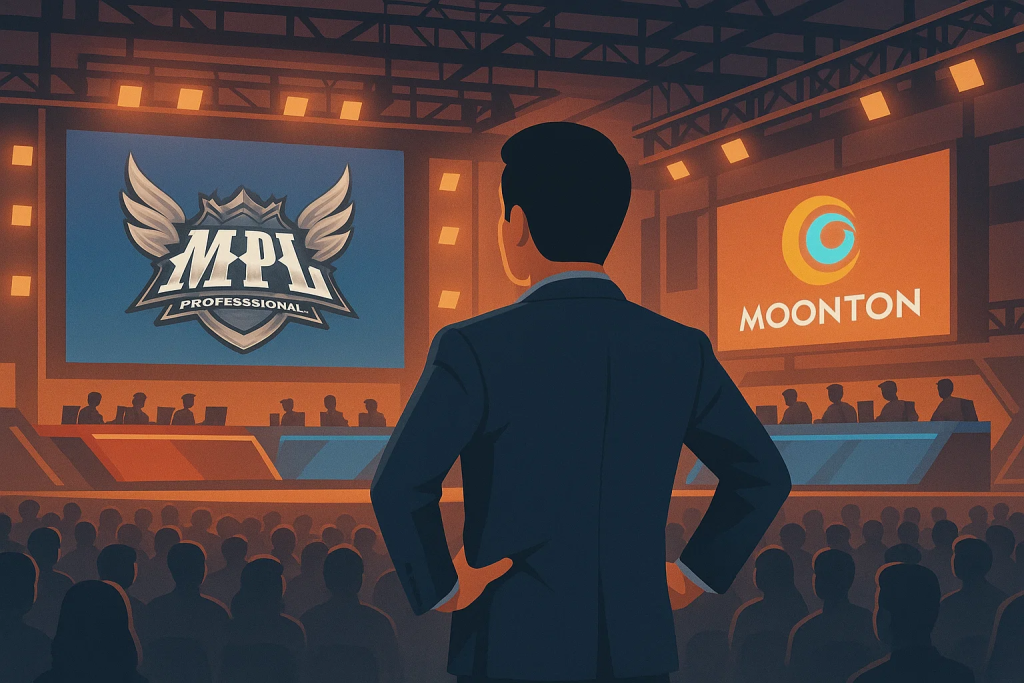
Risk and compliance: rehearsing the worst so fans see the best
Organizers obsess about what could go wrong:
- Regulatory: labor, tax, minors on camera, sweepstakes rules.
- Health & safety: crowd control, EMT coverage, heat maps for popular zones.
- Cybersecurity: account hardening and stream hijack prevention.
- PR playbooks: misquotes, match controversy, behavior violations.
- Insurance: event, equipment, liability.
Prepared leagues bounce; unprepared leagues break—and resilience is part of the brand expectation around MPL PH.
Content strategy: owning the week, not just the weekend
Narratives keep casuals engaged between fixtures. A sample loop:
- Mon: power ranking explainer and meme-ready stat nugget.
- Wed: “How We Shot That” segment for production nerds.
- Thu: creator collab or coach clinic slice.
- Fri: desk preview and match hooks.
- Sat/Sun: fast highlights, subtitled clips, and multilingual captions.
The goal is to be the most informative, entertaining account in a fan’s feed—so they arrive prepped for MPL PH matchdays.
Technology stack: quiet upgrades viewers can feel
- Low-latency streaming with adaptive bitrates for unstable connections.
- Graphics automation that pulls stats live from databases to reduce operator load.
- Observer hotkeys mapped to common beats (objectives, pickoffs).
- On-site mesh networks so talent tablets and ref stations never drop.
- Post-production pipelines that output vertical and horizontal edits within 60 minutes.
When tech vanishes into a smoother show, the audience subconsciously credits the league—and returns for more MPL PH.
Team relations: the organizer as honest broker
Leagues depend on transparent relationships with owners and GMs:
- Quarterly councils to align on patches, formats, and calendars.
- Public penalty summaries that protect fairness without theatrics.
- Scrim etiquette & calendars shared to reduce drama.
- Contract templates that standardize salary floors, housing, and IP rights so orgs compete on coaching and scouting, not paperwork—exactly the professionalism fans expect surrounding MPL PH.
Anti-toxicity and player safety
Communities are passionate; guardrails matter:
- Proactive moderation with shadow bans, keyword monitors, and rate limits.
- Incident response lanes for doxxing, threats, or harassment—quiet, fast, effective.
- Education for pros on digital boundaries and post-viral recovery.
- Public standards repeated on broadcast to normalize reporting.
Safer chat keeps families and sponsors in the room and stabilizes the atmosphere around MPL PH content.
Measuring what matters: league-health KPIs
- Competitive: game-time variance, pause minutes, remake rate, penalties per series.
- Audience: CCV, unique reach, watch time, retention curves, sentiment.
- Commercial: renewal rate, deliverables hit rate, merch sell-through, ticket show rate.
- Operational: call-time compliance, VOD turnaround, incident resolution time.
- Community: creator collab count, UGC volume, moderation SLAs attached to MPL PH channels.
Dashboards turn “we feel good” into “we know we’re good.”
Case pattern: a strong weekend under pressure
The issue: Primary encoder fails mid-series.
The response: Auto-failover swaps to backup; desk pivots to a prepared whiteboard segment; social posts a 60-second update; match ops gives an ETA in Discord.
The outcome: CCV dip limited to single digits; sentiment neutral; sponsor segment delivered later.
This is what resilient operations look like when a circuit as large as MPL PH gets stress-tested.
Sustainability and access
Responsibility is part of the brand:
- Hybrid events lower travel emissions and broaden pricing tiers.
- Accessible venues with ramps, reserved seating, and on-stream captions.
- Volunteer pipelines with credits, references, and stipends to widen entry routes.
- Ethical merch with fair-labor partners and limited drops to curb waste.
Fans want to cheer without compromising the future—and leagues that act accordingly earn long-term trust that reflects back on MPL PH.
What teams, brands, creators, and venues can do today
- Teams: standardize media days; share training stories; push explainers that help the desk contextualize stars. This makes match storytelling richer for MPL PH coverage.
- Brands: invest in segments that teach or delight (clinics, explainers, school visits) rather than static logo reads.
- Creators: pitch recurring shows—organizers love consistent formats that keep the conversation lively mid-week.
- Venues: rehearse ingress and emergency drills; smooth entry is a first impression you cannot redo.
Everyone builds the same house; everyone benefits when the house is solid.
Twelve practical tips for new organizers and partners
- Publish the season calendar early and lock it.
- Tie every on-air segment to one goal (teach, hype, convert).
- Pilot new show ideas on creator channels first; scale what sticks.
- Track last season’s top ten issues and pre-solve them.
- Build a backup talent pool for illness or travel snags.
- Design sponsor inventory that reads well on mobile.
- Keep rulebook changelogs public to sustain trust surrounding MPL PH.
- Teach staff to give 20-second tech updates on air.
- Maintain a shared vocabulary across desk, observers, and refs.
- Create a quiet room for players on high-stress days.
- Clip and subtitle highlights within an hour.
- Hold a post-finals retro with teams, staff, and fans; publish a summary.
The organizer’s north star
The job is to make the league feel inevitable: the rules are clear, the bar rises each split, and the show starts on time. When the product looks effortless, that means thousands of small choices were made correctly. The reward isn’t just trophies; it’s trust—sponsors reinvest, parents feel safe supporting their kids’ dreams, and fans block calendars months in advance. That’s how a circuit like MPL PH scales from a schedule to a shared ritual.
Call to action
If this organizer perspective helped clarify how a great season gets built, share it with a teammate, a brand colleague, or a local venue. Ask better questions at the next planning meeting. Offer to sponsor a segment that teaches rather than shouts. Volunteer to help a school club run a mini-tournament. The more people who understand and practice these standards, the stronger the entire ecosystem becomes—and the easier it is to deliver matchdays that feel worthy of the players and the fans who love them.
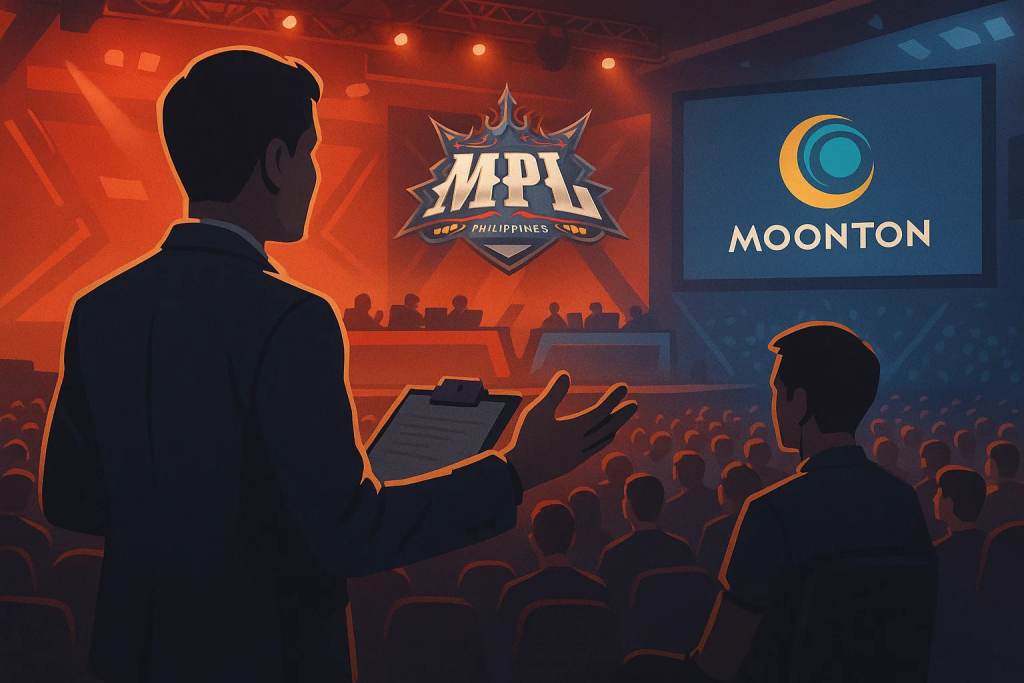
Frequently asked questions
1) What does the publisher-organizer actually do on match day?
They coordinate referees, tech support, show pacing, sponsor reads, version control, and replay logic while maintaining transparent communication with teams. When issues arise, they manage pauses and remakes and log decisions for review.
2) Why are some formats chosen over others?
Because organizers balance fairness, narrative tension, and production budget. A format must reward excellence, allow underdog paths, and be explainable to newcomers in one graphic.
3) How does a team get heard when they disagree with a ruling?
Through a published appeals process and post-match debriefs. Good leagues log incidents, share summaries, and refine language in the next rulebook release.
4) What should brands ask for beyond logos?
Request learning moments—clinics, explainers, player features—plus dashboards that report reach, watch time, and conversions. Value the audience’s experience and the partnership will outlast a single split.
5) How can creators participate without tripping over rights or moderation rules?
Use official co-stream guidelines, grab the asset pack, and set clear chat rules. Consistent, respectful co-streams grow the pie and keep the community welcoming.
